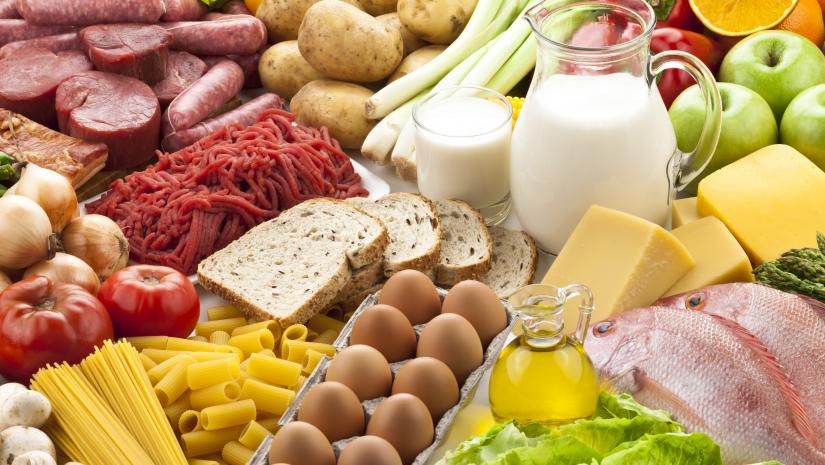potentially hazardous foods have typical characteristics
Salting - Bacon and cured hams. What is a potentially hazardous food and what does that mean in your home kitchens.
Food Safety Temperature Danger Zone Poster
Aging - Uncut wheels of cheddar cheese.
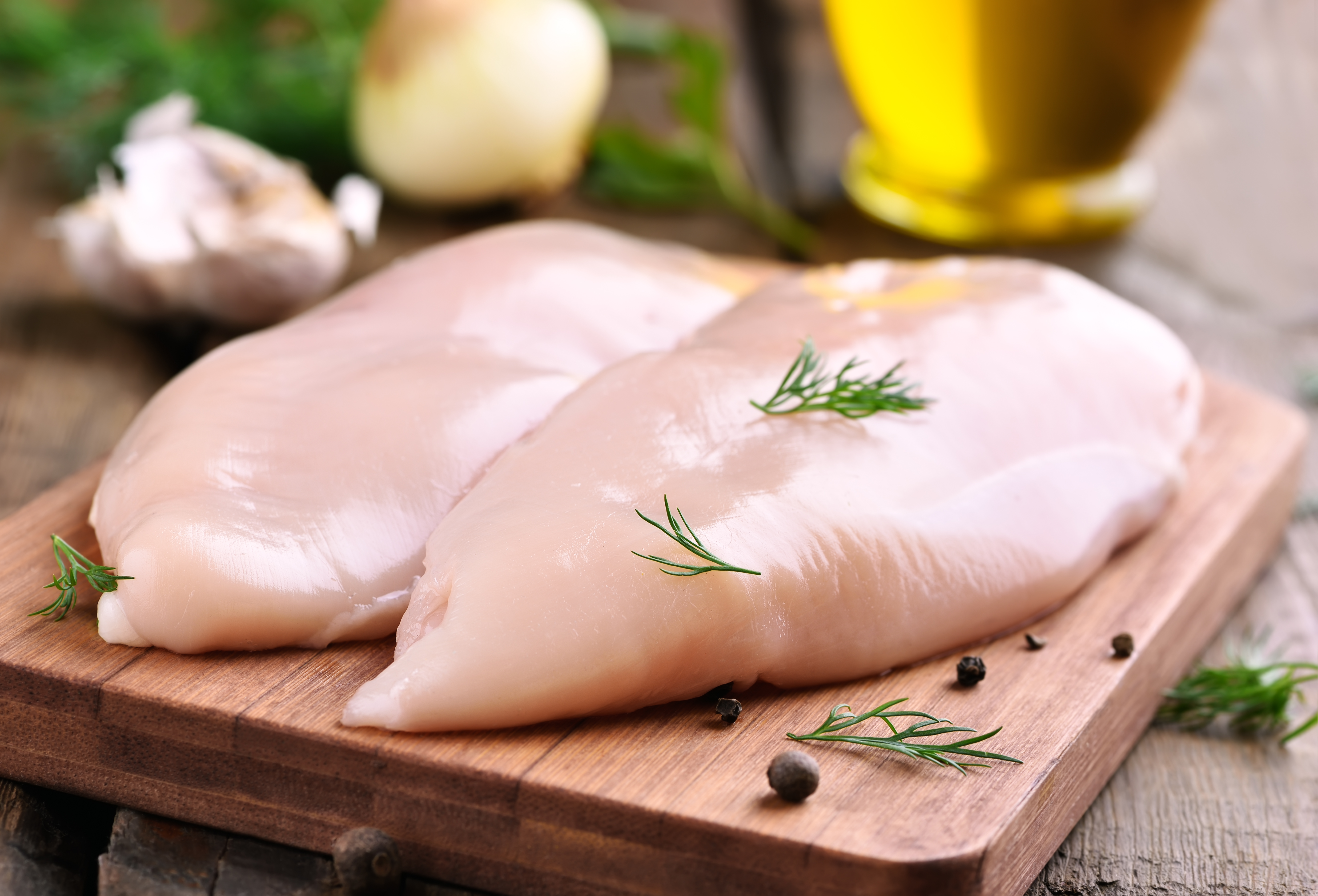
. The Michigan Food Code defines potentially hazardous food as a natural or synthetic food that requires temperature control because it is capable of supporting the rapid and progressive growth of bacteria. From the definition foods that have a pH level of 46 or below. Dairy products for example milk custard and dairy based desserts.
Raw and cooked meat or foods containing meat such as casseroles curries and lasagne. Custom-process animals for personal use F. The following are considered PHFs.
Dairy products such as milk custard and dairybased desserts. Acidifying - pickled pigs feet pickled herring. Use food additives as a method of preservation C.
List of Time-Temperature Control for Safety TCS Foods previously known as Potentially Hazardous Foods Meats Bacon in raw form Beef ground roasts steak Gravy Ground meats - all Hot Dogs Lunch meat Meat casseroles Pork ground ham roasts Processed meats - all Sausage Soups Stews Poultry Chicken ground roasted. Store certain open food in refrigerator such as nuts powdered milk cocoa nuts etc. Potentially hazardous foods are also referred to as temperature control for safety TCS foods.
Potentially hazardous food generally will have these characteristics. Eggs except for air-dried hard boiled eggs with an intact shell Cooked fruits or vegetables including cooked. A water activity of 085 or less under standard conditions.
Food or to prevent the formation of toxins in the food. A high protein dry and salty with a neutral pH. October 25 2021.
Bacteria growth in food can lead to foodborne illness. Any food containing milk or milk products eggs meat poultry rice fish shellfish edible crustaceans raw-seed sprouts heat-treated vegetables and vegetable products and other ingredients in a form capable of supporting rapid and progressive growth is classified as potentially hazardous food PHF. Potentially hazardous food PHFs is a food safety term used to describe foods that support the growth of pathogens that can cause foodborne illnesses.
Potentially hazardous food PHF means any food which consists in whole or in part of milk or milk products eggs meat poultry rice fish shellfish edible crustacean raw-seed sprouts heat-treated vegetables and vegetable products and other ingredients in a form capable of supporting rapid and progressive growth of microorganisms. Potentially hazardous foods are foods that must be kept at a particular temperature to minimise the growth of food poisoning bacteria that may be in the food or to stop the formation of toxins. And food products in her.
Rodents rats gnaw marks droppings or urine stains tracks nests and wholes. B spore formation by bacteria present in canned vegetables. They will support the rapid growth of pathogens have a high water activity and a pH above 46.
Processed fruits and vegetables for example salads. Dairy products including custard pies. In the United States the Food and Drug.
Clean whole uncracked odor-free shell eggs. Seafood excluding live seafood. Factors affecting microbial growth include the nutrients.
Smoke or cure food B. Package food using a reduced-oxygen packaging method D. Roaches Strong oily odor feces look like grain of black pepper capsule shaped brown dark red or black and shiny.
Offer live molluscan shellfish from a display tank E. Cooked or Raw Animal Products. Yes poached eggs are considered potentially hazardous.
Are eggs potentially hazardous foods. 7Potentially hazardous food generally will have these characteristics Ahigh proteindry and saltywith a neutral pH Blow proteinmoist and sweetwith a neutral pH Clow proteinlow moistureand acidic pH Dhigh proteinhigh moistureand neutral pH. Potentially hazardous foods have certain characteristics that support the growth of pathogenic microorganisms or the production of toxins.
Drying - Beef jerky sausage powdered milk hard cheese. A HACCP is a written plan recommended by the FDA and National Restaurant Association but only required in establishments that A. A food that contains moisture protein and is slightly acidic.
A food infection capable of causing illness in a human subject may result from A toxin production in an unrefrigerated food. A PHF can be identified by three characteristics. Dangerous bacteria can grow in meats -- including bacon poultry beef fish pork and processed meats -- when.
Raw and cooked meat or foods containing meat such as casseroles curries and lasagne. Raw eggs may contain Salmonella enteritidis and even when eggs are lightly cooked you are at risk of infection. Meat fish and poultry.
Get the latest potentially hazardous foods have typical characteristics news delivered straight to you. Under Australian regulations the following are examples of potentially hazardous foods. List of Potentially Hazardous Foods Meats.

Food Safety And Sanitation Importance Of Food Safety And Sanitation Lack Of Proper Food Safety And Food Sanitation Can Cause Loss Of Customers And Sales Ppt Download
List Of Potentially Hazardous Foods
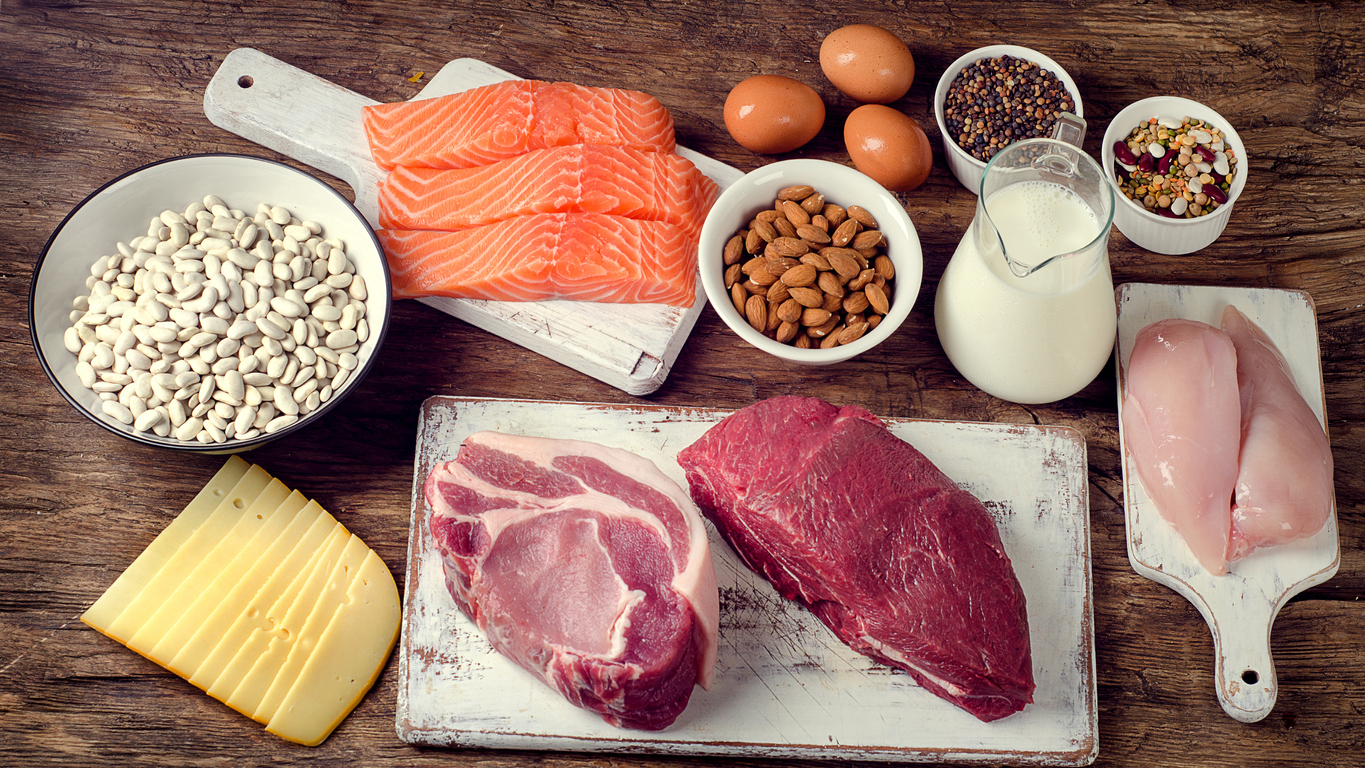
Potentially Hazardous Foods Health And Wellbeing Queensland Government

Five Risk Factors Preventing Foodborne Illness Through Appropriate Control Measures Ppt Download
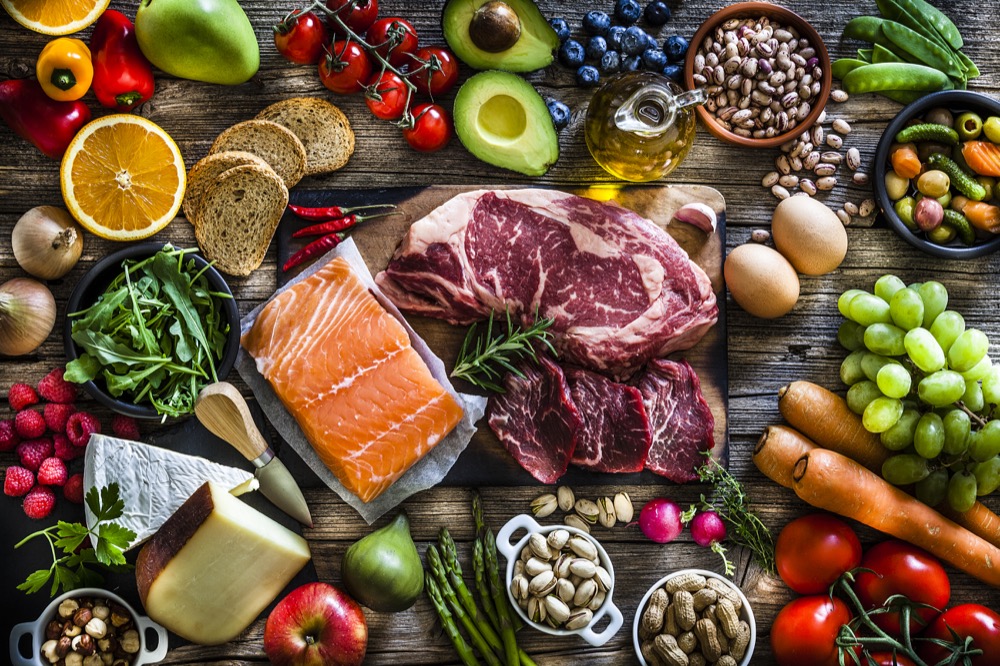
What Is Time Temperature Control For Safety Tcs
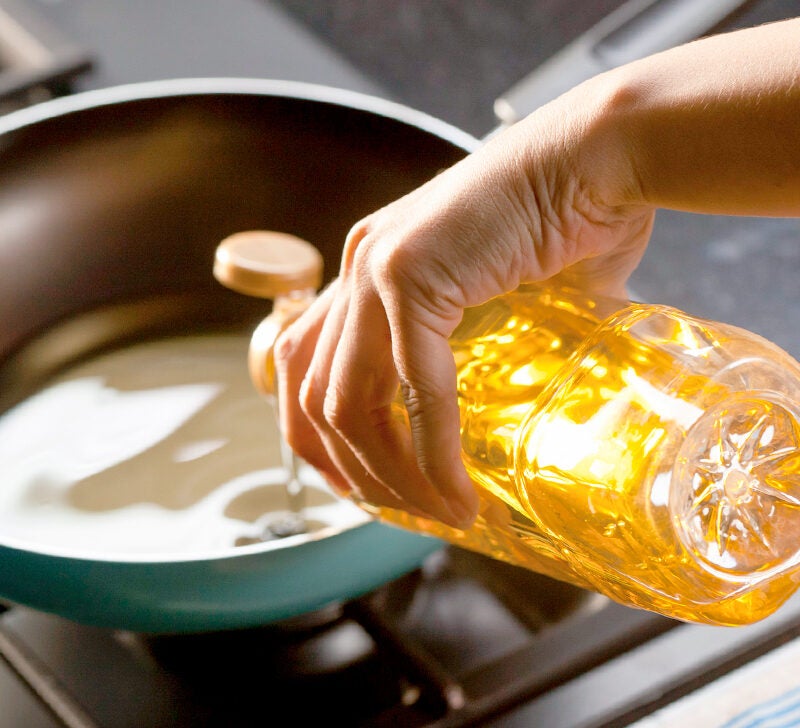
7 Toxins In Food That Are Actually Concerning

List Of Potentially Hazardous Foods
List Of Potentially Hazardous Foods

Five Risk Factors Preventing Foodborne Illness Through Appropriate Control Measures Ppt Download
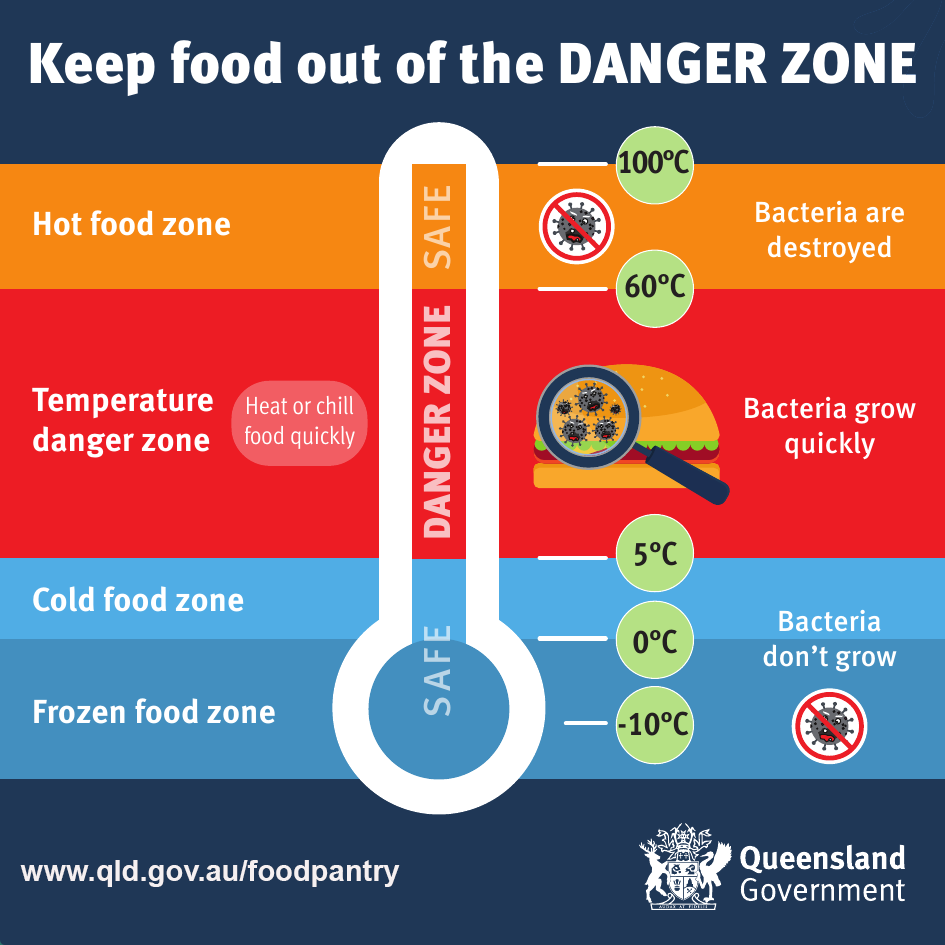
Potentially Hazardous Foods Health And Wellbeing Queensland Government

List Of Potentially Hazardous Foods

Chapter 7 The Food Product Flow The Flow Of Food Describes What Happens To Food From The Time It Enters The Workplace Until It Is Served To The Customers Ppt Download

List Of Potentially Hazardous Foods
